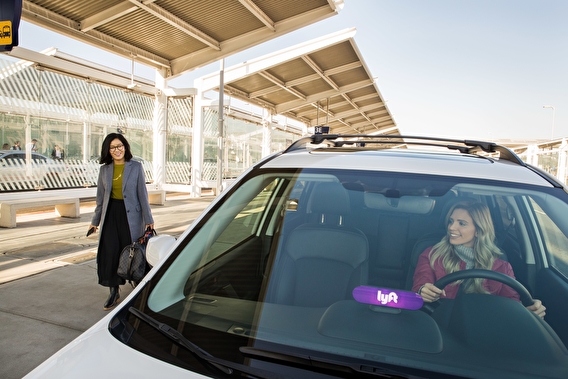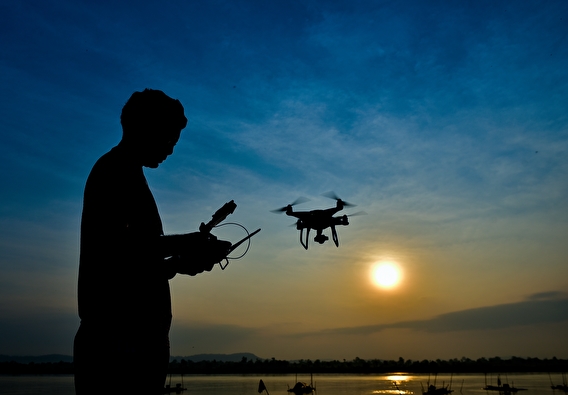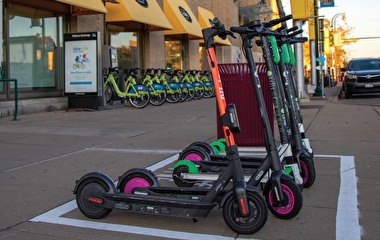
A new technology combining nearly autonomous vehicles with remote “tele-operators” has the potential to overcome both the technological and societal hurdles posed by driverless vehicles. Ride-hailing providers will be an important application for remote-driving technology, and U of M researchers found it offers clear advantages for companies and their customers.
“Fully autonomous vehicles may take longer than initially expected to become a reality because of technological challenges, public acceptance, and safety concerns,” says Saif Benjaafar, Distinguished McKnight University Professor in the Department of Industrial and Systems Engineering. “Tele-operated vehicles could provide the efficiency and flexibility of autonomous vehicles while keeping humans in the loop and ultimately responsible for driving decisions.”
Tele-operated vehicles would offer several advantages for providers. Perhaps the most important is that remote drivers would be a common resource interchangeably assigned to fulfill trips regardless of a trip’s origin or destination. A remote driver would not be dedicated to a single vehicle, so the service could operate with more vehicles than drivers. This would reduce the inefficiencies evident in today’s service when drivers move from low-demand to high-demand locations—repositioning that can cost providers and drivers time and money. Tele-driving would also be important in places where drivers are costly or in short supply.
In this study, Benjaafar’s research team examined efficiencies that could be gained by operating a ride-hailing service with remote drivers in a region such as the Twin Cities metro. Here’s how it would work:
- The service operator at a central command center matches a vehicle and remote driver to a customer.
- The remote driver takes control of the vehicle, drives it to the customer (similar to a drone operator), picks up the customer, and drives them to their destination.
- Once the trip is complete, the remote driver and vehicle are unpaired and become independently available for future requests.

The researchers studied the impact of operating with more vehicles than drivers—specifically, the extent to which the number of drivers relative to the number of vehicles can be reduced without reducing the quality of the service to customers. They considered two scenarios: one where customers are impatient and leave the system if they cannot be immediately matched with a vehicle and driver, and one where they are patient and willing to wait to be matched. The researchers modeled the dynamics of these two scenarios with a multi-server queueing model.
The models showed that whether customers are patient or not, a system with more vehicles than drivers can maintain or even improve the amount of demand that can be served and the corresponding quality of service (i.e., delay experienced by customers).
Benjaafar says the results, which may seem counterintuitive, can be explained as tradeoffs between faster service times and more drivers, with three key factors at work: the number of idle vehicles, where vehicles are located (distant or close to pick-up sites), and pick-up wait times.
Other benefits are possible. Teledriving would eliminate the discriminatory behavior of onboard drivers who avoid locations they perceive to be unsafe, and personal safety would no longer be a concern for drivers and riders. Tele-drivers wouldn’t need to own a vehicle, broadening labor participation. And policymakers could set access and pricing regulations.
The researchers note that several pilot projects are demonstrating the commercial viability of teledriving, including one by Vay, a German TNC, and several involving remotely controlled robots for food delivery.
This research was funded as part of a National Science Foundation (NSF) Smart and Connected Communities grant (award no. CMMI-1831140)—Leveraging Autonomous Shared Vehicles for Greater Community Health, Equity, Livability, and Prosperity (HELP).
Writer: Megan Tsai


